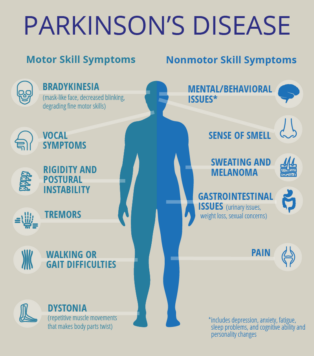Amyloid beta (Aβ) deposits are implicated in the pathogenesis of debilitating neurodegenerative disorders such as Alzheimer’s disease. In the present study, the interactions of carbon-based nanoparticles (NPs) such as fullerene and fullerenol having different surface chemistry with Aβ were investigated using molecular dynamics simulations and docking studies. A detailed analysis of docking results showed that in 68% of the Aβ conformations, fullerene and fullerenol showed interactions with the N-terminal region of the peptide. However, the high-affinity binding site (E=-48.31 kJ/mol) of fullerene resides in the hydrophobic middle region of the peptide, whereas fullerenol interacts favorably with the charged N-terminal region with a binding energy of -50.42 kJ/mol. The above differences in binding could be attributed to the surface chemistry of fullerene and fullerenol. Moreover, the N-terminal and middle regions of Aβ play an important role in Aβ aggregation. Therefore, the binding of fullerene and fullerenol could inhibit amyloid aggregation. This information will be helpful in designing NPs for targeting amyloid-related disorders.
0 items in your cart
Help center
Do you have any questions?
What would you like help with today? You can quickly take care of most things
here, or
connect with us when needed.
Can not find your answer? Please contact us
Send a question
Please try to describe your question as accurately as possible. The most
complete information will help us promptly respond to your message.
Question sent successfully
Thank you for contacting us, we will answer your question on example@gmail.com within 72 hours!




